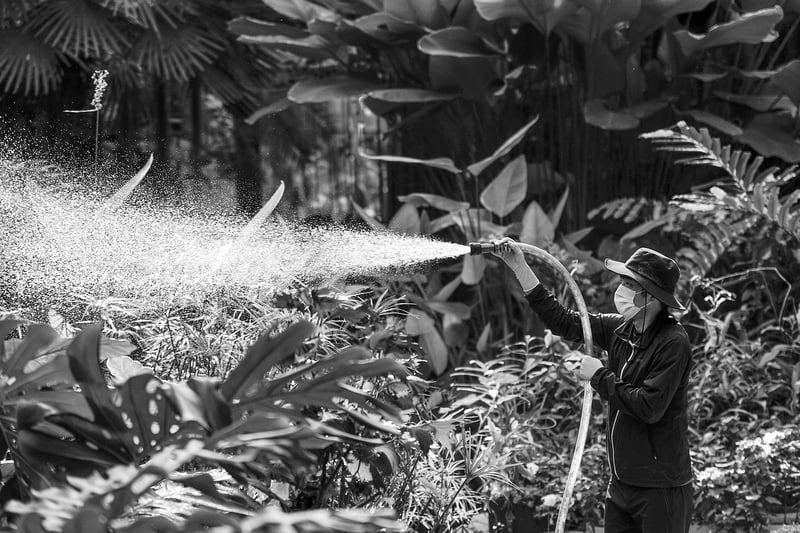Watering Guidelines
Maintain Healthy Plants with Proper Watering Guidelines
Keeping your plants healthy and thriving involves more than just placing them in sunlight. Proper watering is essential to ensure your plants get the hydration they need to grow and flourish. Here are some watering guidelines to help you maintain healthy plants:
1. Understand Your Plant's Watering Needs
Each plant has specific watering requirements based on factors such as the type of plant, its size, the season, and the environment it's in. Research the specific needs of your plants to avoid overwatering or underwatering.
2. Check the Soil Moisture
Before watering your plants, check the soil moisture level. Stick your finger about an inch into the soil. If it feels dry, it's time to water. If it's still moist, hold off on watering to prevent root rot.
3. Water Consistently
Establish a watering schedule based on your plant's needs. Some plants require more frequent watering, while others prefer to dry out between waterings. Consistency is key to maintaining healthy plants.
4. Use the Right Watering Technique
When watering your plants, aim to water the soil directly at the base of the plant. Avoid watering the leaves, as this can lead to disease. Use a watering can or a hose with a gentle spray attachment for even watering.
5. Consider the Season and Environment
Adjust your watering frequency based on the season and environmental conditions. Plants may need more water during hot, dry weather and less water during cooler, rainy seasons.
6. Monitor for Signs of Overwatering or Underwatering
Keep an eye out for signs of overwatering, such as yellowing leaves, wilting, or moldy soil. Similarly, watch for signs of underwatering, such as dry, crispy leaves. Adjust your watering routine accordingly.
7. Use Quality Water
Use room temperature water that is free from chemicals like chlorine. If using tap water, let it sit out for a day to allow any chlorine to evaporate. Rainwater or filtered water are also good options for watering your plants.
By following these watering guidelines and paying attention to your plant's individual needs, you can help ensure they stay healthy and vibrant. Remember, proper watering is a crucial part of plant care that can make a significant difference in their overall well-being.

For more plant care tips and guidelines, check out The Spruce.
